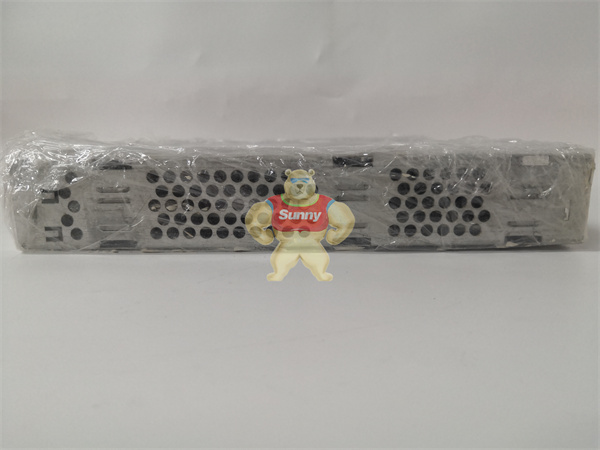To meet the actual needs, improve the stability, reliability of equipment, improve the cost performance is the key to PLC selection, how to choose the right PLC according to different control requirements, design a smooth operation, reliable action, safe and practical, convenient debugging, easy to maintain the control system?
In the PLC system design, the system scheme should be determined first, and the next step is the design and selection of PLC. The selection of PLC is mainly to determine the manufacturer of PLC and the specific model of PLC. For the system scheme requirements have distributed system, remote I/O system, but also need to consider the requirements of network communication. So how to choose PLC specifically? The author believes that there should be the following aspects of content.
First, the choice of PLC manufacturer
To determine the manufacturer of PLC, we should mainly consider the requirements of equipment users, the requirements of users on PLC manufacturers, the designer’s familiarity with PLC and design habits, the consistency of supporting products and technical services. From the reliability of the PLC itself, in principle, as long as it is the product of a large foreign company, there should not be a problem of poor reliability. For the requirements are not high, can choose cost-effective domestic products.
I personally believe that, in general, for the control of independent equipment or more simple control system occasions, supporting Japan’s PLC products, you can also choose Siemens products, because there are more people familiar with the product. For larger system scale network communication function requirements, open distributed control system, remote I/O system, Europe and the United States produced PLC in the network communication function has more advantages.
2. Estimation of input and output (I/0) points
The number of PLC input/output points is one of the basic parameters of PLC. I/O points should be determined based on the sum of all input/output points required to control the device. In general, the PLC’s I/O points should have an appropriate margin. Usually based on the statistical input and output points, an additional 30% of the expandable margin is added.

PM633

PM633
Third, PLC memory capacity estimation
Memory capacity refers to the programmable controller itself can provide the size of the hardware storage unit, the size of various PLC memory capacity can be found from the basic parameter table of the PLC, such as: Siemens S7-314PLC user program storage capacity of 64KB, S7-315-2DPPLC user program storage capacity of 128KB. The program capacity is the size of the storage unit used by the user program in the memory, so the memory capacity should be greater than the program capacity. In the design phase, since the user application has not yet been written, the program capacity needs to be estimated. Increase capacity appropriately.
How do you estimate program capacity? In many literatures, different formulas are given, which are generally 10 to 15 times the number of digital I/O points, plus 100 times the analog I/O points, which is the total number of words in memory (16 bits for a word), and then consider the margin according to 25% of this number.
Four, PLC communication function selection
Now the PLC communication function is more and more powerful, many PLC support a variety of communication protocols (some need to be equipped with the corresponding communication module), the choice should be based on the actual needs to choose the appropriate communication method.
The main forms of communication network of PLC system are as follows:
(1)PC is the main station, and multiple PLCS of the same model are the slave station to form a simple PLC network;
(2) One PLC is the main station, and other PLC of the same model is the slave station, which constitutes the master-slave PLC network;
(3) The PLC network is connected to a large DCS as a DCS subnet through a specific network interface;
(4) Dedicated PLC network (dedicated PLC communication network of various manufacturers).
In order to reduce the CPU communication task, according to the actual needs of the network composition, communication processors with different communication functions (such as point-to-point, fieldbus, industrial Ethernet, etc.) should be selected. Industrial Ethernet is now more popular.
Five, the choice of PLC model
PLC type: PLC according to the structure is divided into integral type and module type two categories; The integral PLC has fewer I/0 points and is relatively fixed, so the user has less room for choice, and is usually used for small control systems. This type of PLC is represented by: Siemens S7-200/1200 series, Mitsubishi FX series, Omron CP1 series and so on.
Modular PLC provides a variety of I/O modules that can be plugged into the PLC substrate, so that users can reasonably select and configure the I/O points of the control system according to their needs.
Therefore, the configuration of modular PLC is more flexible, and is generally used for large and medium-sized control systems.
 1 Year Warranty
1 Year Warranty





